It can be bright yellow, orange or reddish. It’s sticky, slimy and sometimes hard. And I’m not talking about honey.
I mean earwax, the stuff that your body makes to protect your ears. It has lubricating and antibacterial properties. And now you’re eating it.
What would it taste like? What would be the effects of eating earwax? And how long could you survive on that diet?
Eating only earwax is a bad idea. I mean, look at it. Gross. But it keeps out microbes and even insects. Weirdly, it also keeps your ears nice and clean by helping your body get rid of unwanted stuff. That’s right. Whenever you chew or move your jaw, you also move old earwax, dirt and debris out through the ear canal. And then, the bits and pieces flake off once they reach the outside of your ear. So you shouldn’t rush to remove all the wax.
Unless you wanted to try some. First, you’d have to figure out how to collect it. If you’re thinking about sticking cotton swabs in your ear, stop. If you push them in too far, they could harm your eardrum. It would be unbearably painful, and could even leave you deaf. Instead, use a special cerumenolytic solution that’s designed to dissolve wax inside your ears. And then flush the stuff out with a syringe.
And when you get everything out… Ugh, did you just find some tiny insects in your earwax? Gross. But at least that’s some extra protein, right? Trust me. You’d want any protein you could get when you learn about the nutrients in your earwax diet.
Earwax is 60% dead skin, about 20% fatty acids, up to 9% cholesterol and alcohol. Before you ask me, yes, your body produces alcohol. It comes from the microbes in your stomach, which cause the fermentation of carbohydrates. But it’s unlikely you would get drunk by eating earwax.
Though you could get some healing-like superpowers. All that dead skin is full of keratin, a protein that helps you to heal. In the past, earwax has been used as lip balm and ointment for injuries.
But a healing power wouldn’t be enough to prevent the increased risk of heart disease. It would be caused by the intake of fatty acids. Oh, sorry, I forgot to tell you that earwax can show traces of certain toxins in the body, like heavy metals. So if you ate it, you’d be putting all of that bad stuff back.
And have you noticed something missing from the nutritional value of earwax? Right, carbs. Between 45 to 65% of your total calorie intake should come from carbohydrates. They are in things like bread, potatoes and bananas. But there are no carbs in earwax. So this would be an extremely low-carb diet. It could lead to heart problems, cancer, kidney damage and sudden death in the long term.
And you obviously wouldn’t survive on only your earwax. So you’d need to pool it together from other people. Luckily, some of us have more earwax than others. Some people have so much of it that it can cause a blockage. And if you wanted to diversify the menu, you’d be happy to know different people have different wax.
Wet earwax is more common in Caucasians and Africans, while dry earwax is more frequent among Native Americans, Native Hawaiians and Asians. Your ideal dinner would be light brown or yellow since that’s a sign of healthy earwax. Definitely stay away from dark brown earwax. It’s usually older with a lot of dirt and bacteria.
But if I’m being honest, I’d say stay away from earwax altogether. Leave that gross stuff where it belongs. If you want to taste something made by your own body, maybe you’d be better off eating boogers?
Sources
- “Secretion secrets: things you didn’t know about ear wax”. Paula McGrath. 2014. BBC News.
- “Whale earwax a time capsule for stress and toxins”. 2013. Nature.
- “Low-carbohydrate diets: what are the potential short- and long-term health implications?”. SA, Bilsborough, and Crowe TC. 2003. Asia Pacific Journal Of Clinical Nutrition 12 (4).



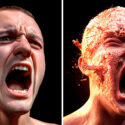
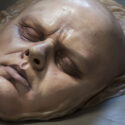


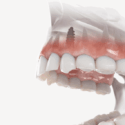
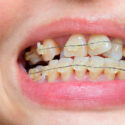



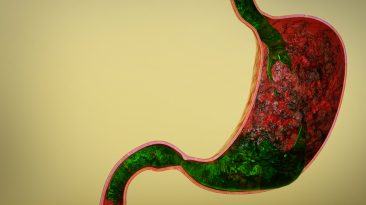
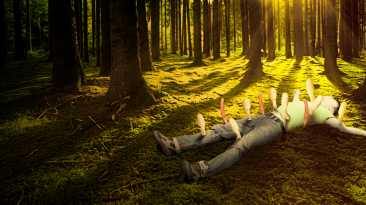
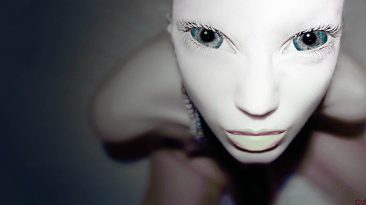
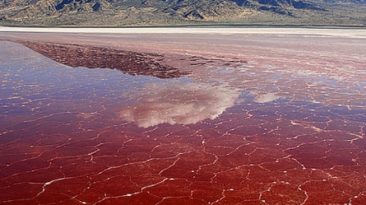



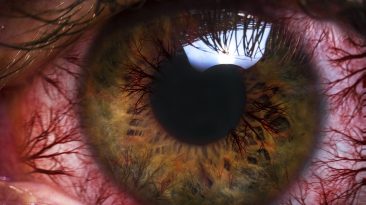
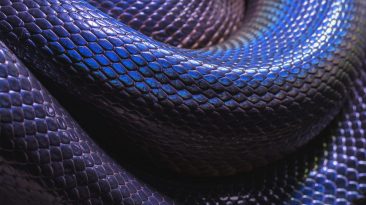
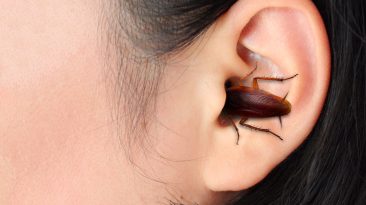






[…] https://www.quora.com/Is-it-strange-or-unhealthy-to-eat-earwax https://www.healthdigest.com/270804/why-you-should-think-twice-before-cleaning-your-ears/ What If You Ate Nothing But Earwax? […]